Time Period: Early Twentieth Century (1901 - 1940)
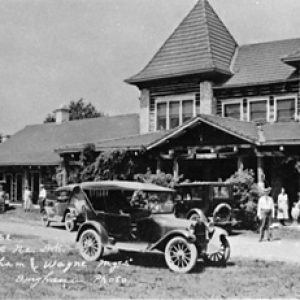 Monte Ne Club House Hotel
Monte Ne Club House Hotel
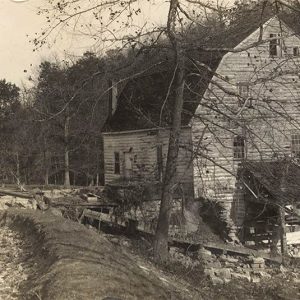 Monte Ne Mill
Monte Ne Mill
Monte Ne Railway
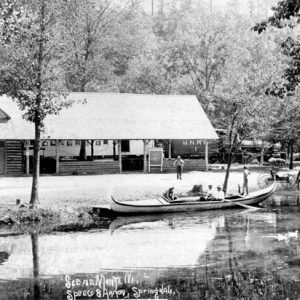 Monte Ne Train Depot
Monte Ne Train Depot
Montgomery County Courthouse
Monticello Academy
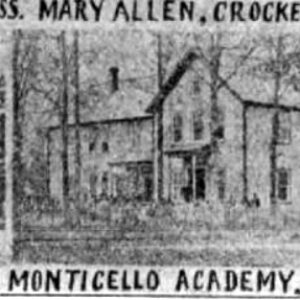 Monticello Academy
Monticello Academy
 Monticello Academy Controversy
Monticello Academy Controversy
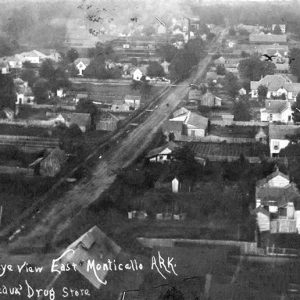 Monticello City Scene
Monticello City Scene
Monticello Confederate Monument
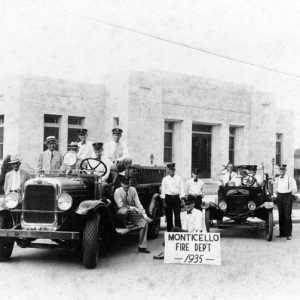 Monticello Fire Department
Monticello Fire Department
Monticello Post Office (Historic)
 Monticello View
Monticello View
 Monticellonian
Monticellonian
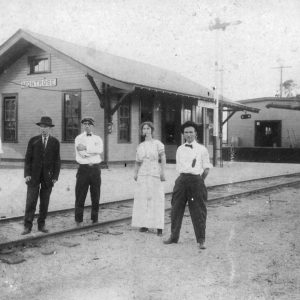 Montrose Depot
Montrose Depot
 Montrose Flood
Montrose Flood
 Montrose Flood
Montrose Flood
Monument to Confederate Women
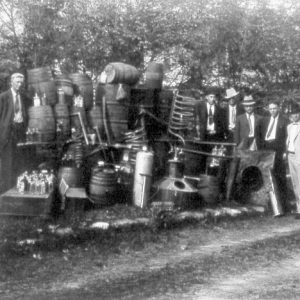 Moonshine Still
Moonshine Still
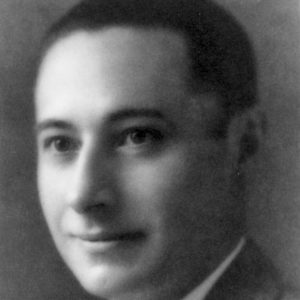 Robert Booth Moore
Robert Booth Moore
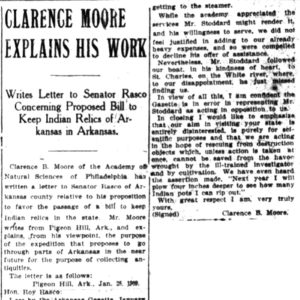 Clarence Moore Article
Clarence Moore Article
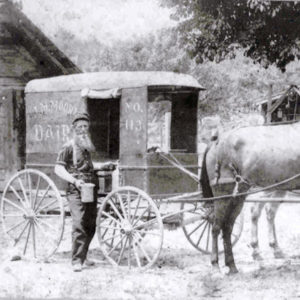 J. M. Moore Delivering Milk
J. M. Moore Delivering Milk
 Moore Motor Company
Moore Motor Company
Moore v. Dempsey
Moore, Clarence Bloomfield
Moore, Frank
 Moorefield Cotton
Moorefield Cotton
Moorefield School
 Moorefield School
Moorefield School
Moose Addition Neighborhood Historic District
 MoPac Locomotive
MoPac Locomotive
 MoPac Wreck
MoPac Wreck
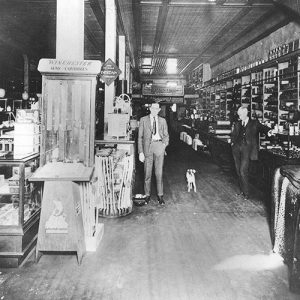 J. H. Morgan & Sons Hardware Company
J. H. Morgan & Sons Hardware Company
 Tom Morgan
Tom Morgan
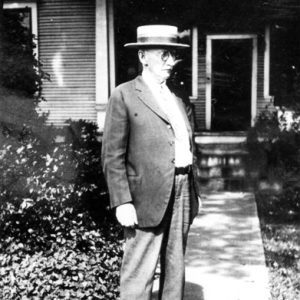 Tom Morgan
Tom Morgan
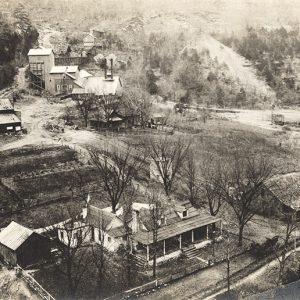 Morning Star Zinc Mine
Morning Star Zinc Mine
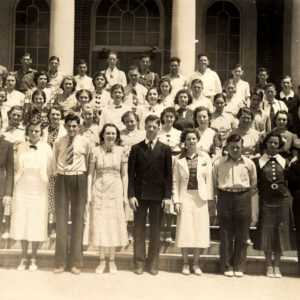 Morrilton Graduates
Morrilton Graduates
 Morrilton Library
Morrilton Library
 Morrilton Meat Market and Sausage Factory
Morrilton Meat Market and Sausage Factory
Morrilton Post Office
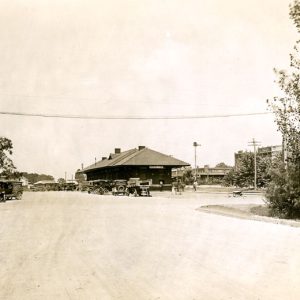 Morrilton Street Scene
Morrilton Street Scene
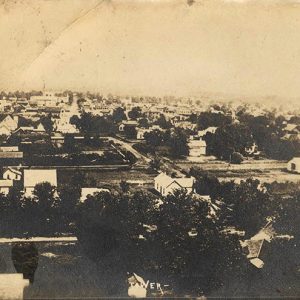 Morrilton Street Scene
Morrilton Street Scene
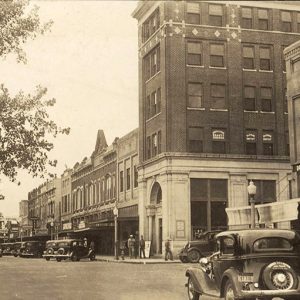 Morrilton Street Scene
Morrilton Street Scene
 Morrilton Street Scene
Morrilton Street Scene
 Morris Hall
Morris Hall
 Elias Morris
Elias Morris
Morris, Elias Camp
 J. W. Morris
J. W. Morris




